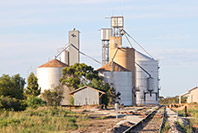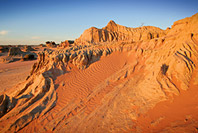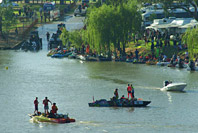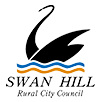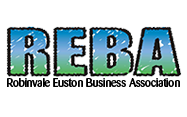Murrumbidgee Junction
Leading off the Murray Valley Highway approximately 5 kilometres upstream of Boundary Bend and only 50 kilometres south of Robinvale is a small sign posted track that takes you to the junction of two great Australian Rivers: the Murray and the Murrumbidgee.
‘The Indigenous word ‘Murrumbidgee’ translates to ‘plentiful water’.
On January 14, 1830 was a great day in the history of exploration as Captain Charles Sturt encountered the Murray River: “Suddenly the Murrumbidgee took a southern direction but in its tortuous course swept round to every point of the compass with the greatest irregularity. We were carried at a fearful rate down it’s gloomy and contracted banks. At 3 p.m., Hopkinson called out that we were approaching a junction, and in less than a minute afterwards we were hurried into a broad and noble river.” Sturt was on the Murray, 770 miles (1,239 kilometres) from its mouth.
Aptly, the significance of these Rivers for irrigation of agriculture and horticulture is immense. Crops and livestock in huge areas of Victoria, New South Wales and South Australia depend on the water flowing through this junction.
A surprisingly smooth dry weather dirt road leads from a sign denoting Major Mitchell Passage Camp 5 where only 6 kilometres on you will come cross the Junction of the Rivers.
The drive in to the Junction is shaded by stands of red gums while at the Junction itself is a magnificent specimen of a ‘canoe’ or ‘scar’ tree, evidence of the habitation of Indigenous peoples in the region.
‘Apostle’ birds, finches, magpies and kookaburras can be seen and heard along the drive.
Towns and parks south of Robinvale-Euston
Heading south of Robinvale-Euston you can explore our wonderful Murray Mallee region and National Parks. Some of these include:


